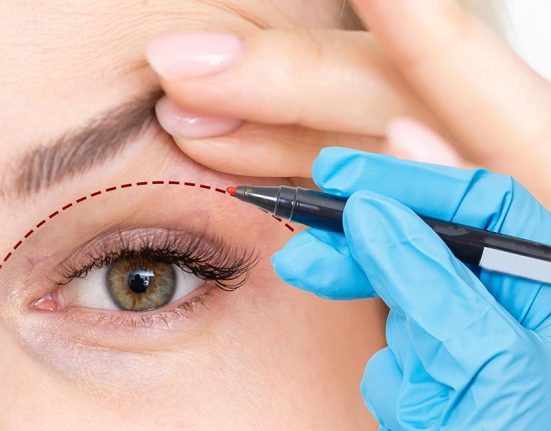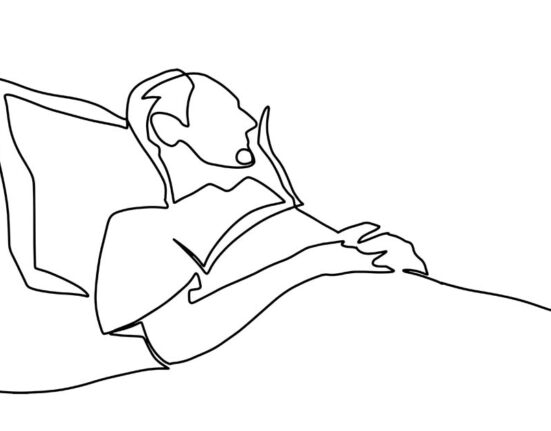Ultherapy and HIFU are common non-surgical skin tightening treatments that are used for lifting and rejuvenation, frequently over the face. They are effective non-invasive anti-ageing treatments that are good alternatives to a surgical facelift which can be more painful, has a longer down time and comes at a higher cost with additional risks.
Common questions revolve around how Ultherapy and HIFU are similar or different. This article seeks to answer some of these questions.
Similarities – Ultrasound Energy
Collagen is part of the connective tissues of the skin. They support the structure and foundation of the skin, maintaining its elasticity and firmness. With age, the production of collagen is significantly decreased. This leads to saggy skin and wrinkle formation. Both Ultherapy and HIFU use ultrasound energy to stimulate collagen production. With this ultrasound energy, the deeper layers of the skin heat up, stimulating new collagen production. This results in:
- Lifting sagginess and heaviness over the face, especially over the lower face and jowls.
- Improving fine lines and deep-set wrinkles.
- Tightening loose skin, even over the underchin area to improve a double chin appearance.
- Improving signs of ageing.
These effects cannot be seen immediately after the treatment because the process of collagen stimulation takes time. Effects usually starts to show after a few weeks and can continue to improve over several months. Results can last between 4 to 18 months for both treatments.
Differences Between Ultherapy And HIFU
Ultherapy is a US FDA-cleared, non-invasive procedure to promote the formation of collagen in the skin to aid in skin tightening. HIFU or high intensity focused ultrasound on the other hand is the name of a type of technology. There are numerous brands of HIFU devices in the market. We are currently using the Ultracel Q+ system.
1. Ultrasound waves
Ultherapy uses Micro-focused Ultrasound (MFU) while the Ultracel Q+ system uses high intensity ultrasound waves (HIFU). The key difference between these two techniques is how the beams are delivered. The MFU method is sharply focused, whereas HIFU applies multiple beams and is less focused.
2. Visualisation And Precision
Ultherapy uses MFU with real-time visualization, allowing aesthetic practitioners to precisely see which layers of skin are being treated. This allows the doctor to focus on the areas with most depleted collagen, thus allowing the treatment to be precise, safe and in the areas that need it most. HIFU does not incorporate imaging during treatment.
3. Transducers And Depths Of Treatment
Ultherapy uses patented DeepSEE® transducers to allow simultaneous real-time visualization during treatment. The different transducers allow treatments at three separate depths—superficial dermis at 1.5mm, deep dermis at 3mm, and SMAS/platysma at 4.5mm. Tissues may be visualized with collimated ultrasound to 8mm.
The Ultracel Q+ system has 2 different types of cartridges. The linear cartridge uses a line type of HIFU energy to allow for bulk heating, which aids in fat reduction. The dot cartridge uses a dot type of HIFU energy to allow for local heating, which aids in collagen production. The cartridges allow for treatments at four separate depths – superficial dermis at 1.5 and 2mm, deep dermis at 3mm, and SMAS/platysma at 4.5mm.
4. Safety and Efficacy
Both treatments are extremely safe and efficacious. However, some practitioners may feel that Ultherapy is slightly safer and more efficacious because its unique DeepSEE® technology allows for real-time visualisation during treatments. Ultherapy has also been around for a longer period as compared to HIFU, and is one of the most researched skin enhancement and anti-ageing technologies of its kind. It is also the only FDA-cleared, non-invasive procedure that lifts the neck, chin and brow, and improves lines and wrinkles on the upper chest.
5. Other considerations
Ultherapy is more expensive than HIFU due to its superior technology. Most patients also feel that Ultherapy is a slightly more painful procedure as compared to HIFU.
Conclusion
Both Ultherapy and HIFU treatments aid in skin tightening and allow for a non-surgical face lift. There are some differences between each treatment but both are safe and efficacious, and each comes with its pros and cons.
Still unsure of which treatment is more suitable for you? Schedule a visit to any of our clinics to get a consultation!
Protect against cancer, cardiovascular disease, and other chronic diseases with regular health screening. Compare and shop for health screenings from Singapore and regional healthcare providers at a single convenient platform - shop.health365.sg
This article is informative only and is not intended to be a substitute for professional medical advice, diagnosis, or treatment, and should never be relied upon for specific medical advice.

























































